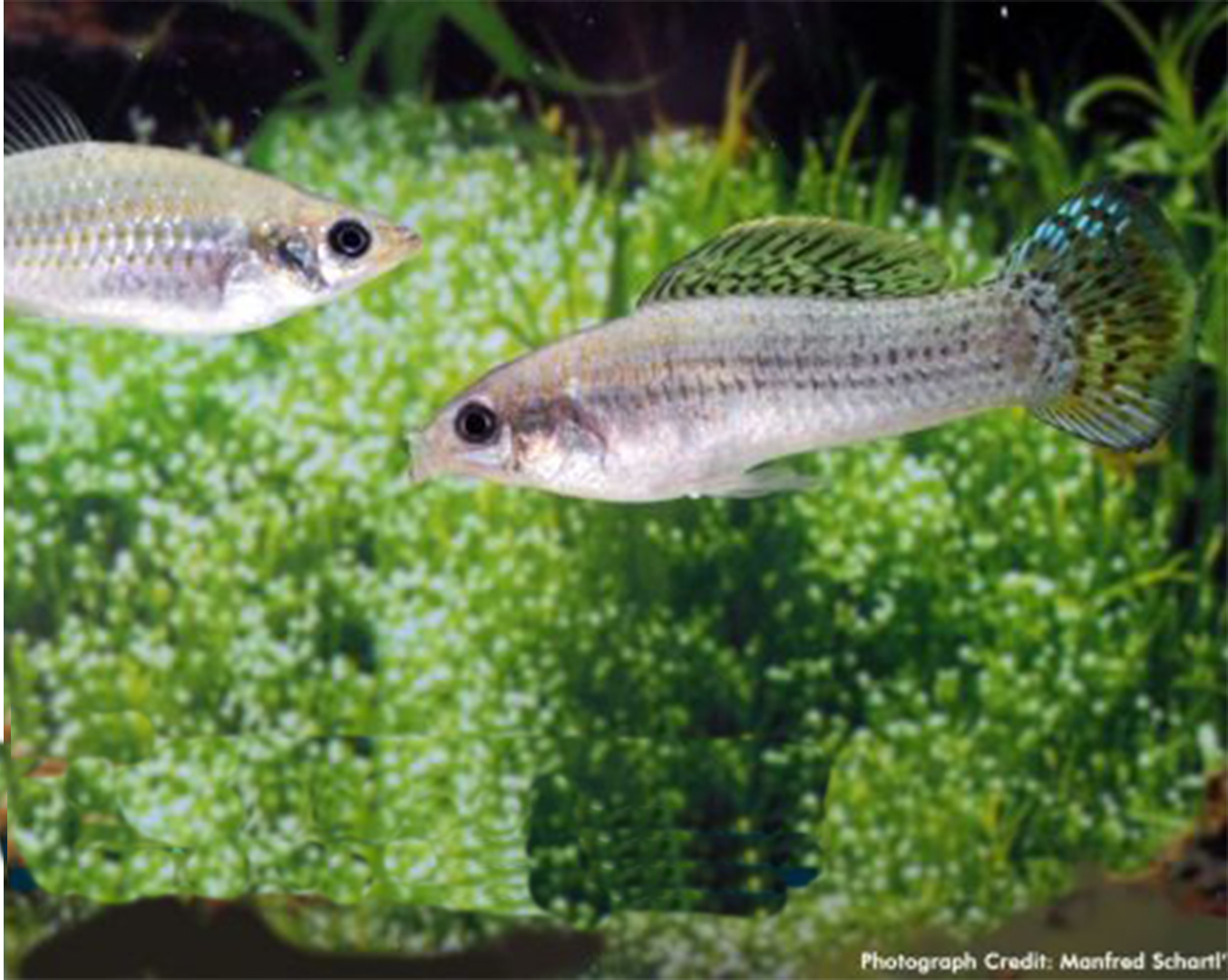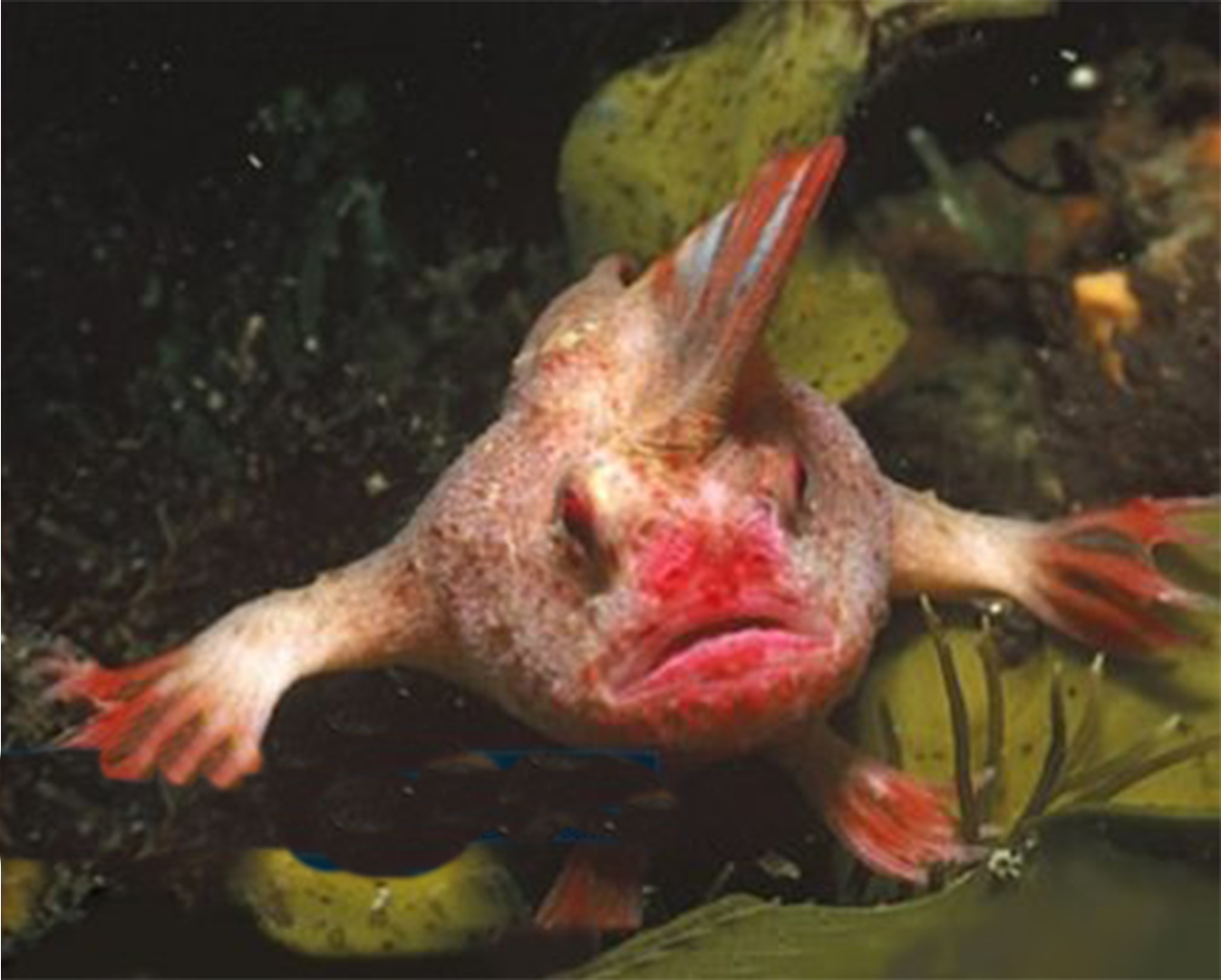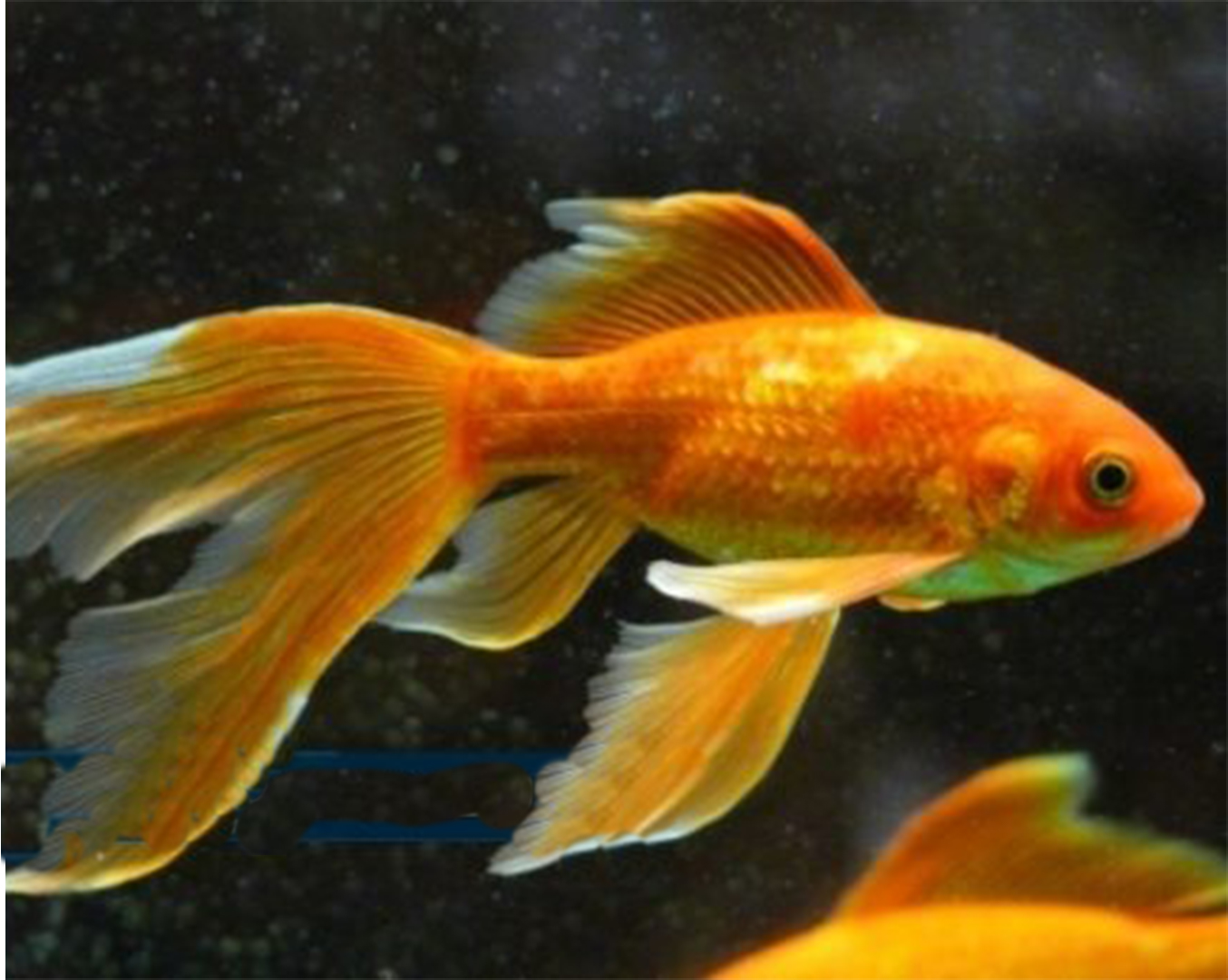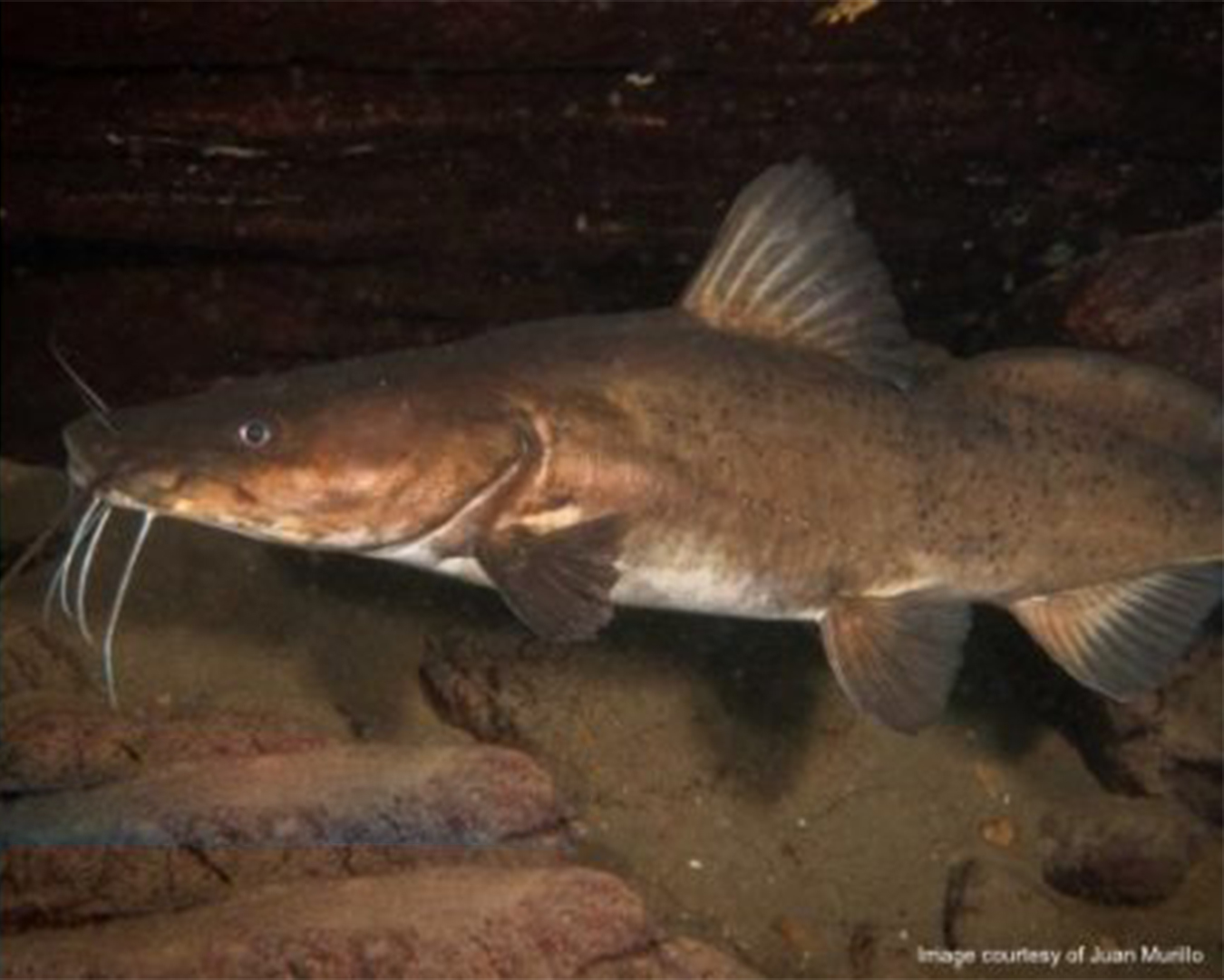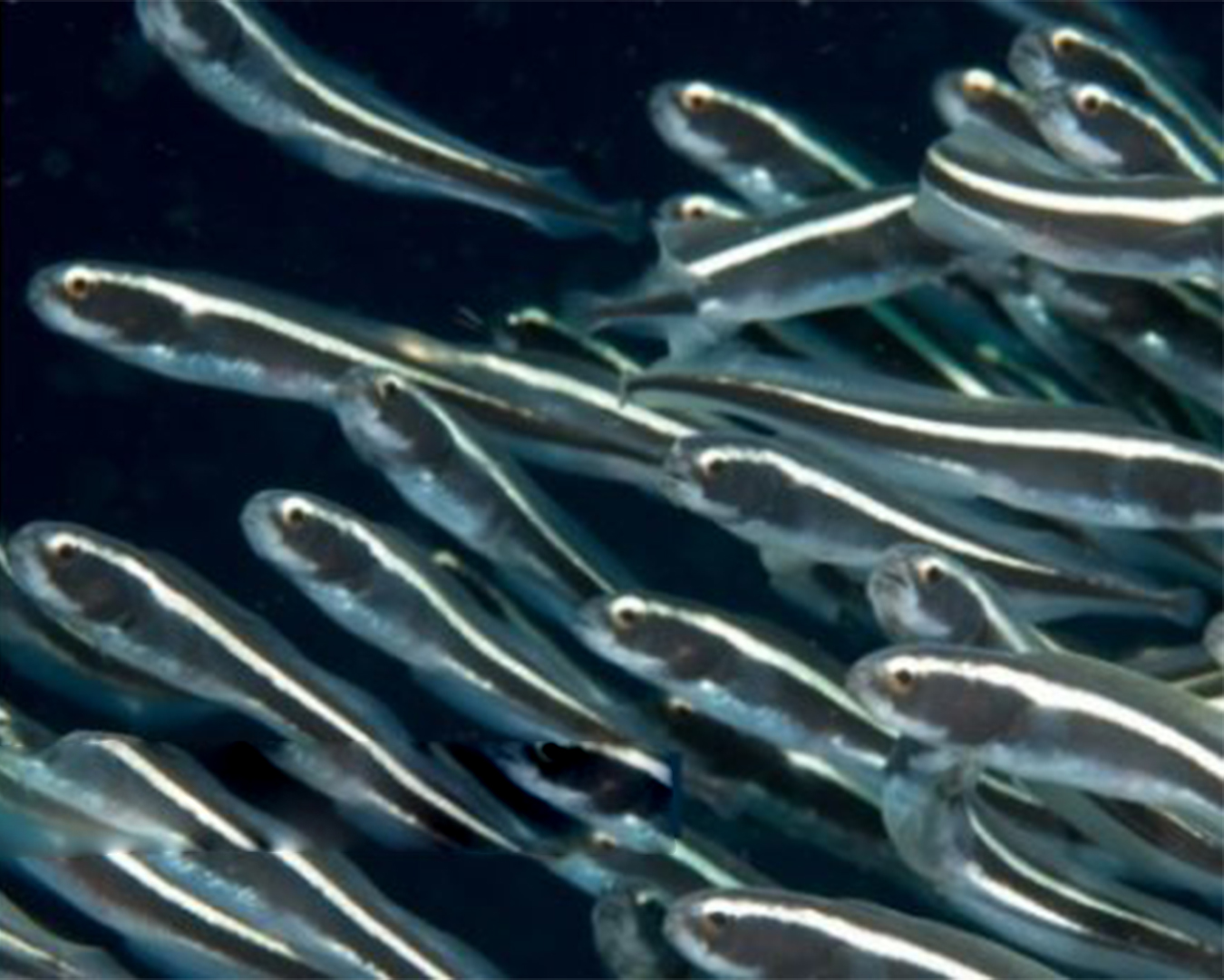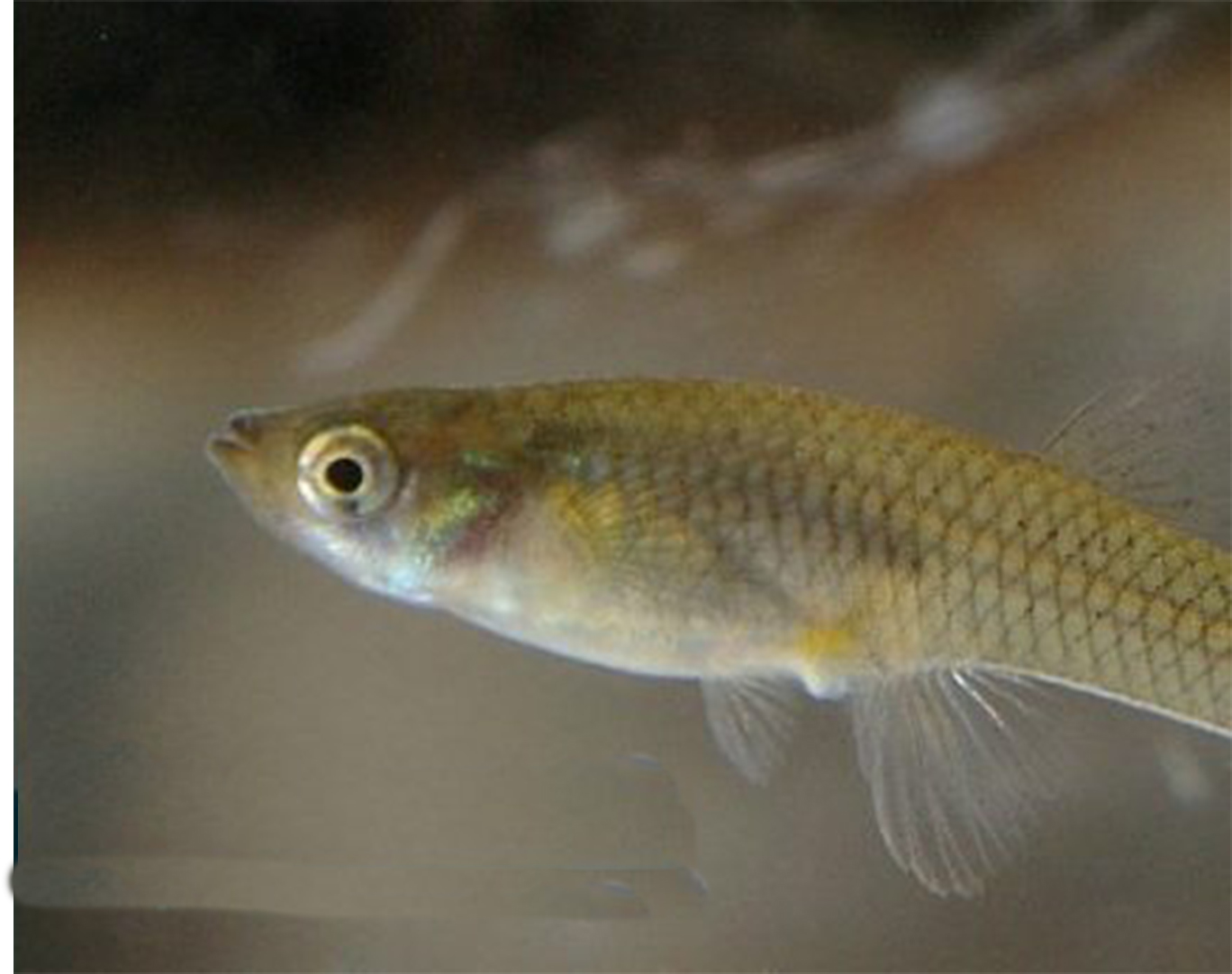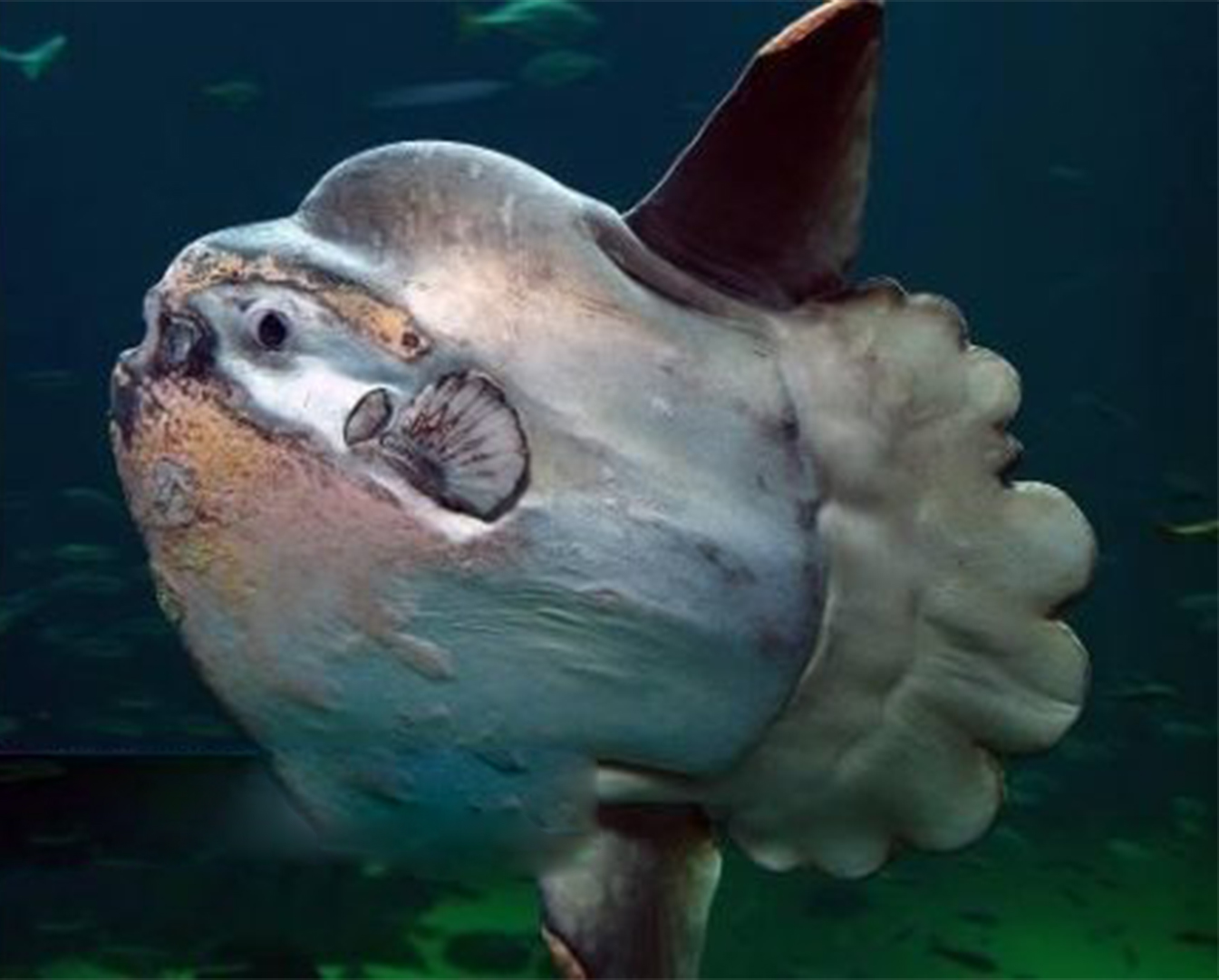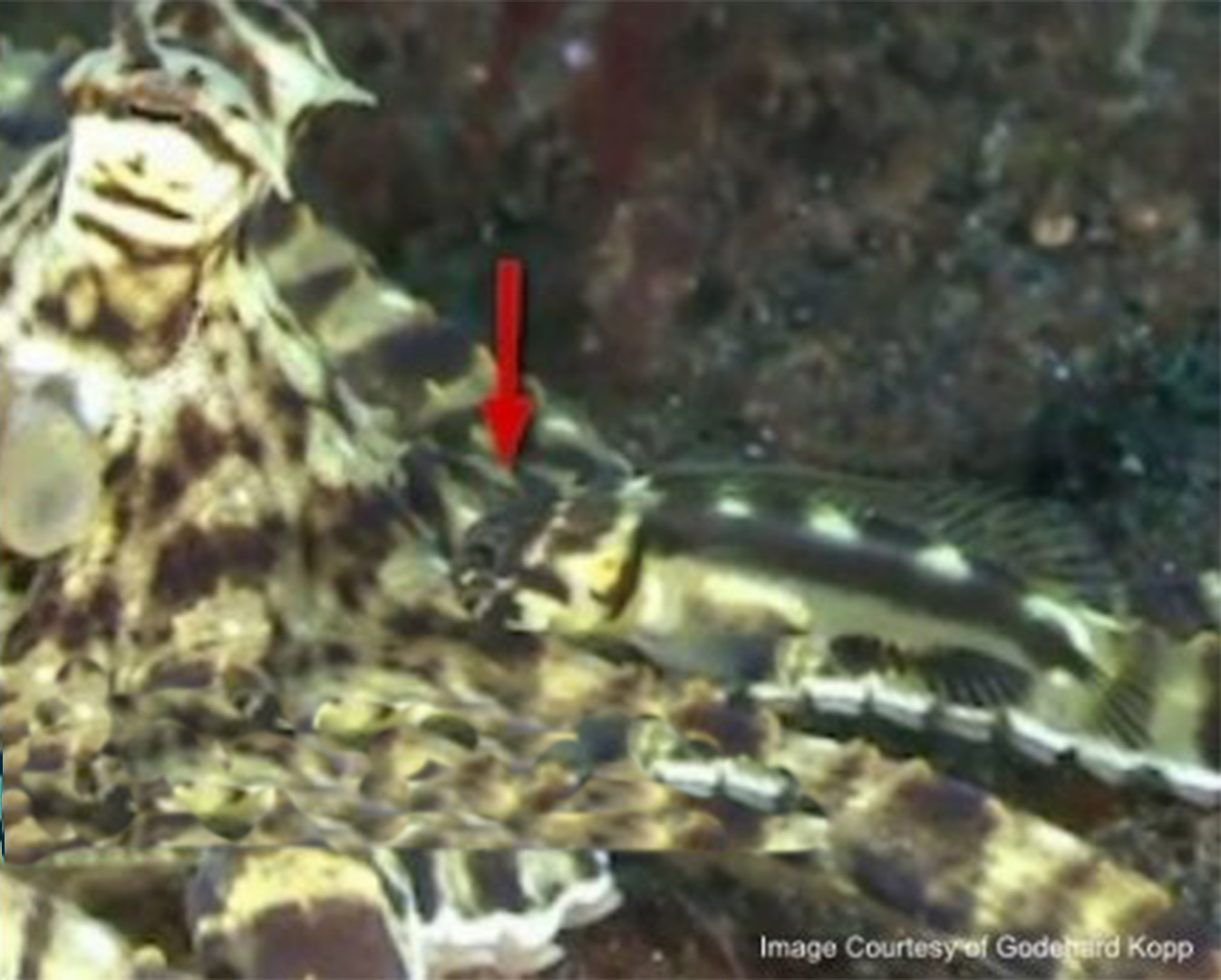FIN
Our series of Fascinating Ichthyological Nugget (FIN) articles are a great way to propel your aquatic knowledge above and beyond with incredible facts and stories about the underwater world. From 'Tipsy Goldfish' to female fishes who protect their eggs in their mouths-you are sure to learn something new about the hobby here.
-
Categories: FINThe diminutive Swamp Guppy (Poecilia vivipara) - a close relative of the colourful guppies we keep in our aquariums - inhabits the fresh and brackish waters of countries along the north-east coast, from Venezuela to Brazil.
-
Categories: FINThe Amazon Molly (Poecilia formosa), an extraordinary all-female freshwater livebearing species from northeastern Mexico and the Texan border, has confounded scientists by continuing to develop and thrive whilst flouting all the usual evolutionary rules..
-
Categories: FINA team of divers from the Institute for Marine and Antarctic Studies (IMAS), in conjunction with the citizen science project Reef Life Survey (RLS), recently made a very exciting discovery..
-
Categories: FINDiscover the stretchy denizen of the deep with a knack for using its head...
-
Categories: FINEveryone knows that a little nip of some fiery spirits is often perfect for staving off the worst of the weather. Indeed under the right conditions, a nice, peaty single malt can be positively medicinal. But it’s interesting (and somewhat reassuring) to know that we humans aren’t the only ones to benefit from a spot of the strong stuff when things get icy.
-
Categories: FINImagine that you're out fishing whilst on holiday in the Mediterranean, and pull up a Sarpa Salpa – a beautiful-looking sea bream with bright golden stripes running down the length of its body. You know that this species is commonly eaten in these parts because you’ve seen it on menus at seafood restaurants along the beach, so you decide to take it home for dinner.
-
Categories: FINFang blennies (Meiacanthus grammistes) may look like just another species of small and colourful Pacific fish but they pack a very serious bite. Sporting large canine fangs on their lower jaws which slot neatly into holes inside the upper part of their mouths, the little fish are also appropriately known as saber-toothed blennies and can deliver a powerful dose of venom to any predators that are unwise enough to mess with them.
-
Categories: FINA wise man once said “you can judge a man by the company he keeps” and it seems that the same can now be said of fish. Just like humans, many fish like to surround themselves with active companions, even though a posse of active friends also makes for stiffer competition when looking for food or mating partners.
-
Categories: FIN
For many, 2016 was a year best left forgotten, but it was actually a great year for scientists (and fishkeepers) thanks to the discovery of three new marine species.
-
Categories: FINThe Kampango (Bagrus meridionalis) is a large catfish that lives in Lake Malawi and can grow to as much as five feet long. Unfortunately for the kampango, its size and fatty flesh means that it’s prized as a tasty local dish, but in the depths of the lake, it’s still very much the boss as it hunts by night and feasts on populations of small cichlids, crabs and insect larvae.
-
Categories: FINIndonesia houses some of the most biodiverse reefs in the world, with thousands of species of fish for scientists to study and observe. With such a huge variety of species populating the reef, it’s little wonder that some of them might exhibit bizarre and amazing behaviour.
-
Categories: FINMosquitofish are small, freshwater fish that have earned their moniker by happily feeding on mosquito larvae.
-
Categories: FINMany marine species have what are known as “sneaker males” - smaller males which deliberately look like females in order to avoid being attacked by a larger, more dominant rival. For one species of superbly sneaky cephalopod, however, the trick isn’t just a handy way of ensuring protection, but of procreation as well.
-
Categories: FINIf you’re a geologist, Nicaragua’s Lake Apoyeque is quite interesting because it formed when a volcano erupted and then filled with water over the course of 1800 years. If you’re an aquarist or an evolutionary biologist however, the lake is downright fascinating because of the almost impossible way in which its population of fish got there.
-
Categories: FINSpring is in the air, a new season of life begins and while the birds and the bees are busy, it’s only natural for thoughts to turn to matters of fertility.
-
Categories: FINFound in the rivers and lakes of Central Africa within the Congo Basin, the upside-down Catfish is a curious creature.
-
Categories: FINFor many people, Easter means an abundance of chocolate eggs and fun hunting in which to find them. From gigantic chocolate ones to brightly-painted decorative ones, people everywhere carefully place their eggs beneath bushes and plants to hide them away until the time is right, and the same is true even of a unique species of fish deep in the heart of South America.
-
Categories: FINThe mimic octopus (Thaumoctopus mimicus) is an expert impersonator, contorting its boneless body into a variety of shapes to effortlessly assume the forms of up to ten different marine species from lionfish to jellyfish to sea snakes and even crabs. But the sneaky cephalopod has been one-upped and the masterful marine mimic has itself been mimicked.
-
Categories: FINWith all the flying fish, flying squid and flying plankton zooming through the air, it’s a wonder that anything in the sea manages to stay in the water at all. But it turns out that it isn’t just the oceans that are full of airborne acrobats – the fish in the rivers are at it too.
-
Categories: FINWhen your very survival stands on a knife-edge, sometimes it’s not how big you are that matters, but how easily you can step from one world to the next.


